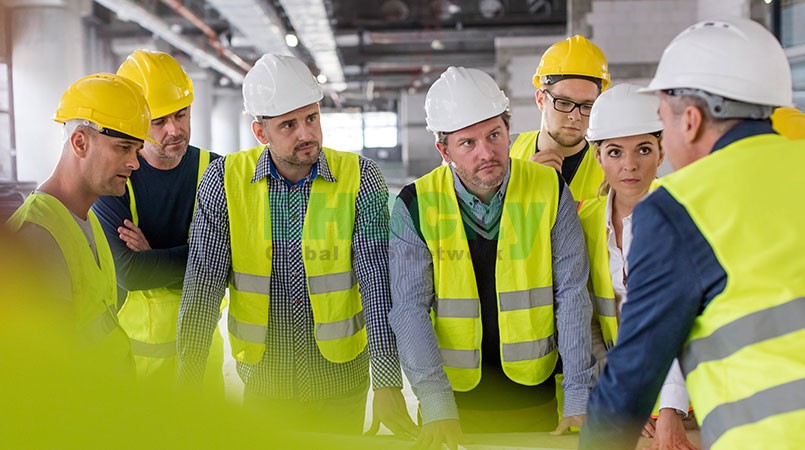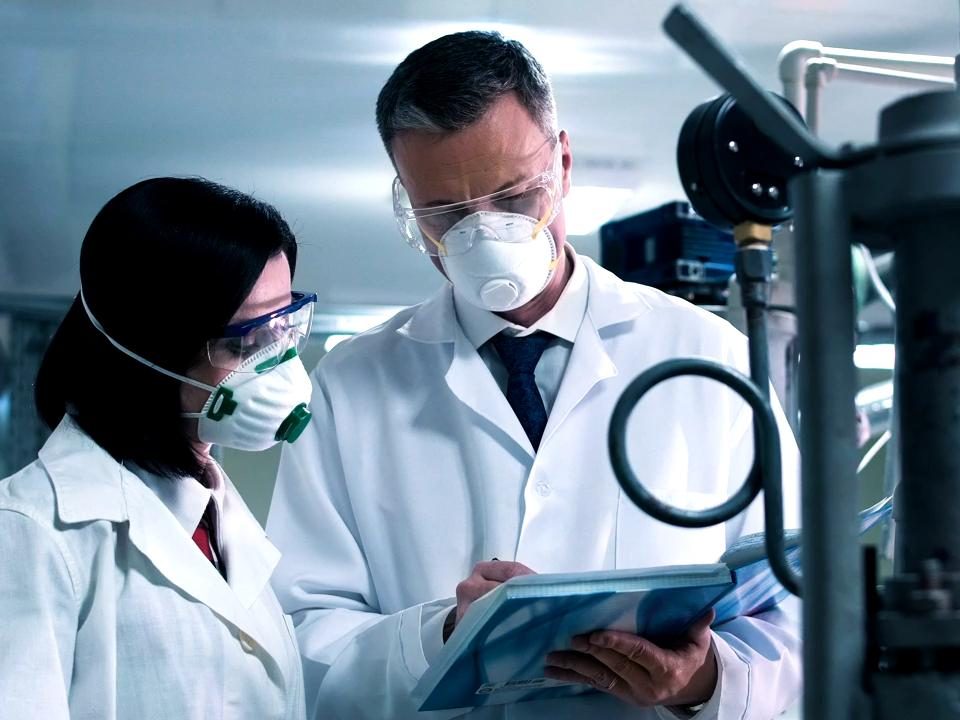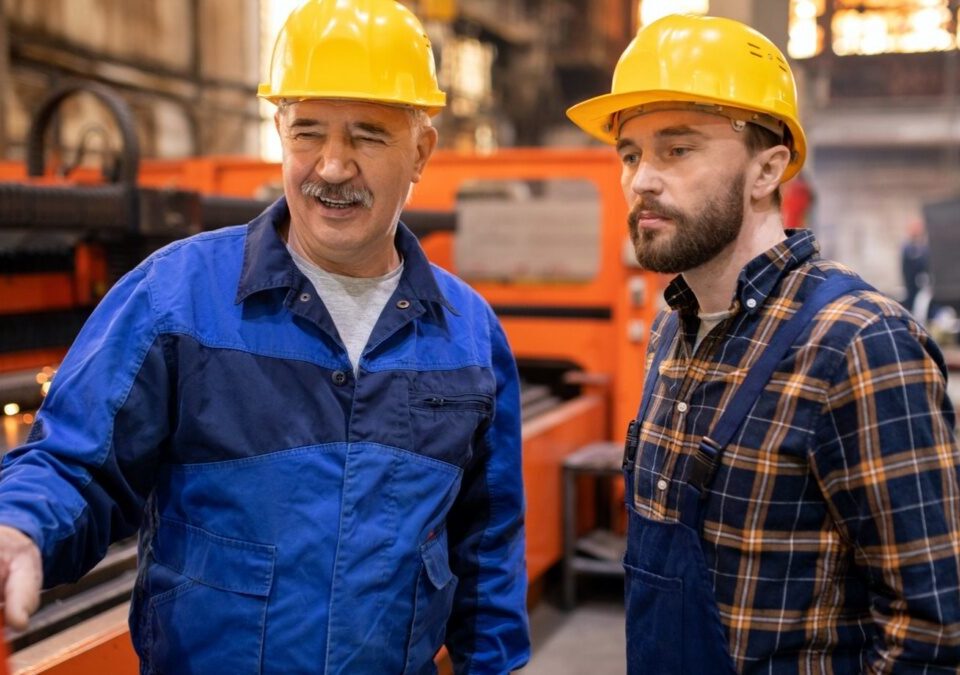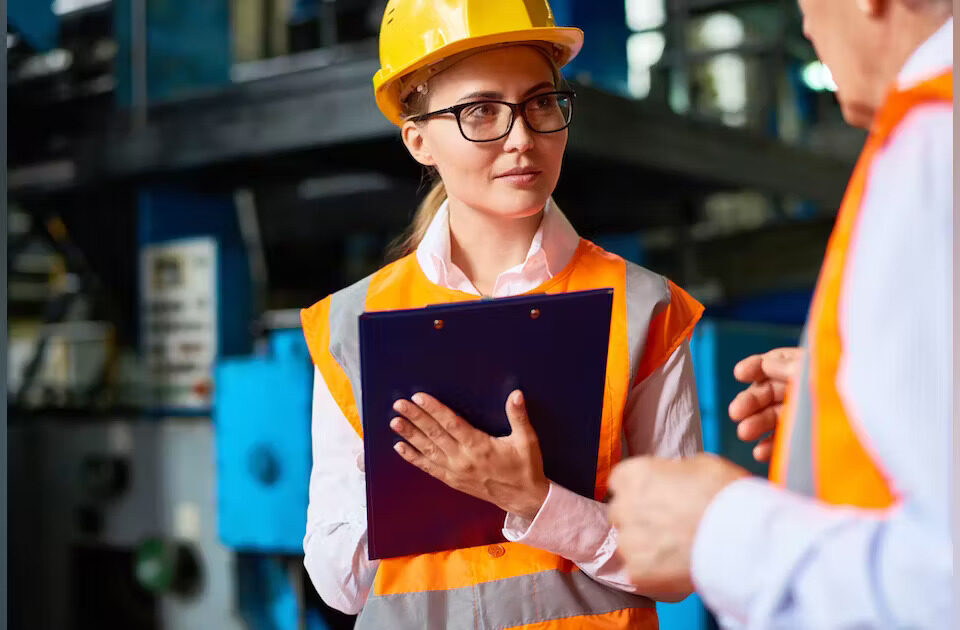Personal Protective Equipment (PPE) in Construction: Selection and Proper Use – The Safety Master

Tool Safety: Proper Handling and Maintenance of Hand and Power Tools
April 27, 2024
Crane Safety: Rigging Practices, Load Limits, and Crane Operation Protocols – The Safety Master
April 27, 2024Introduction
Construction sites are bustling with activity, but amidst the noise and commotion, safety should always remain a top priority. Personal Protective Equipment (PPE) stands as the guardian angel for construction workers, shielding them from potential hazards and ensuring their well-being. In this comprehensive guide, we delve into the world of PPE in construction, exploring its types, importance, selection criteria, and proper usage.
Importance of PPE
When it comes to construction, safety isn’t just a matter of compliance; it’s a matter of life and limb. PPE serves as the frontline defense against injuries, offering protection against falling debris, hazardous substances, loud noises, and much more. Without proper PPE, construction sites would resemble a battlefield with casualties abound.
Types of PPE
PPE encompasses a wide array of protective gear tailored to different areas of the body and specific hazards. Understanding these types is crucial for ensuring comprehensive protection for construction workers.
Head Protection
The head is perhaps the most vulnerable part of the body on a construction site, making head protection a non-negotiable aspect of PPE. Helmets and hard hats serve as the first line of defense against falling objects, bumps, and electrical hazards.
Eye and Face Protection
The eyes and face are prone to numerous risks on construction sites, including flying debris, chemicals, and intense light. Safety glasses, goggles, and face shields offer a clear line of defense, preventing injuries and preserving vision.
Hearing Protection
Construction sites are notorious for their cacophony of noise, which can lead to irreversible hearing damage over time. Earplugs and earmuffs act as sound barriers, safeguarding workers’ hearing health amidst the clamor.
Respiratory Protection
From dust and fumes to toxic gases, construction sites are rife with respiratory hazards. Respirators, masks, and breathing apparatuses provide a vital shield for the lungs, ensuring workers can breathe easy even in hazardous environments.
Hand Protection
Hands are constantly at work on construction sites, exposing them to a myriad of dangers such as cuts, abrasions, and chemical exposure. Gloves offer a protective barrier, keeping hands safe and enabling workers to handle materials with confidence.
Foot Protection
The feet bear the brunt of a construction worker’s weight and are susceptible to punctures, crushing, and electrical hazards. Steel-toed boots and sturdy footwear provide the necessary fortification, ensuring workers can navigate the site with surefootedness.
Body Protection
Construction sites pose risks to the entire body, necessitating comprehensive body protection solutions. Coveralls, vests, and full-body suits shield workers from cuts, burns, and chemical splashes, ensuring their safety from head to toe.
Selection of PPE
Choosing the right PPE isn’t just about picking the fanciest gear; it’s about matching the equipment to the specific hazards present on the site. Factors such as the nature of work, potential risks, comfort, and fit all come into play when selecting PPE.
Proper Use of PPE
Equipping workers with PPE is only half the battle; ensuring they wear and maintain it correctly is equally vital. Proper fitting, regular inspections, and adherence to manufacturer guidelines are essential for maximizing the effectiveness of PPE.
Training and Education
Arming workers with PPE is futile if they don’t understand its importance or know how to use it properly. Comprehensive training programs educate workers on the significance of PPE, how to don and doff it correctly, and what to do in case of emergencies.
Regular Inspection and Maintenance
PPE isn’t a one-time investment; it requires ongoing care and attention to remain effective. Regular inspections, maintenance checks, and timely replacements are essential for ensuring PPE continues to provide the necessary protection.
PPE in Special Situations
Certain construction scenarios present unique challenges that standard PPE may not adequately address. From working at height to handling hazardous materials, specialized equipment and additional precautions are necessary to mitigate risks effectively.
Conclusion
Personal Protective Equipment (PPE) is the unsung hero of the construction industry, safeguarding workers against a multitude of hazards day in and day out. By understanding the importance of PPE, selecting the right gear, and ensuring proper usage, construction companies can create safer work environments and protect their most valuable asset—their employees.




